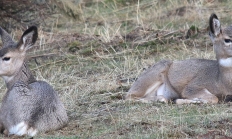
Search myodfw.com



Find maps, boundary descriptions and hunts available in the new DeGarmo Hunt Area. Download printable PDF map
Find maps, boundary descriptions and hunts available in the new Northeast Hunt Area. Download printable PDF map
Find maps, boundary descriptions and hunts available in the new Northeast Hunt Area. Download printable PDF map
Find maps, boundary descriptions and hunts available in the new Northeast Hunt Area. Download printable PDF map
Find maps, boundary descriptions and hunts available in the new Northeast Hunt Area. Download printable PDF map

Find maps, boundary descriptions and hunts available in the new Jackknife Hunt Area. Download printable PDF map
Find maps, boundary descriptions and hunts available in the new Northeast Hunt Area. Download printable PDF map

Find maps, boundary descriptions and hunts available in the new Helix Hunt Area. Download printable PDF map
Find maps, boundary descriptions and hunts available in the new Southeast Hunt Area. Download printable PDF map
Find maps, boundary descriptions and hunts available in the new Steens Hunt Area. Download printable PDF map
Find maps, boundary descriptions and hunts available in the new Southeast Hunt Area. Download printable PDF map
Find maps, boundary descriptions and hunts available in the new DeGarmo Hunt Area. Download printable PDF map
